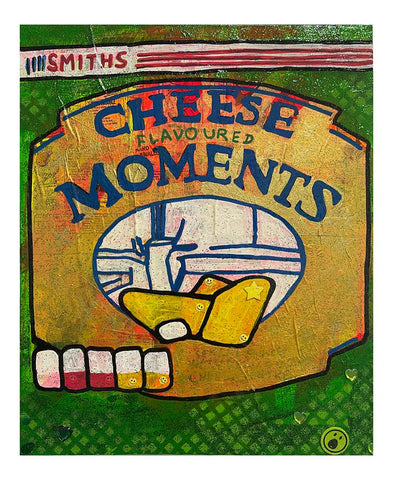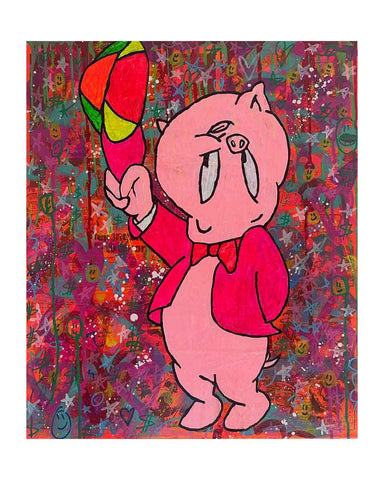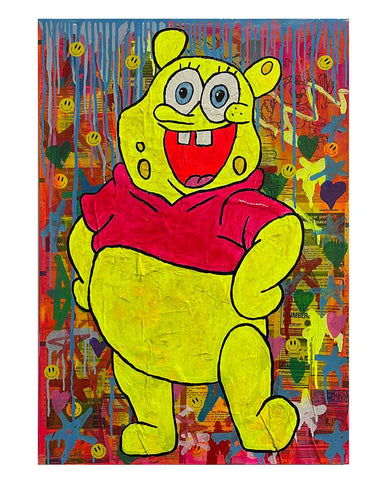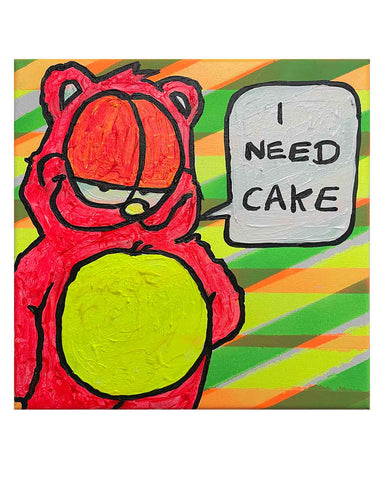How to collect art like an expert. In the realm of art, collecting entails more than just buying items; it also involves creating a private gallery that expresses your passion, taste, and aesthetic sensibility. For years, scholars have been captivated by the deeply rooted human behaviour of collecting, be it art or any other kind of thing. Although collectors frequently give personal explanations for their interests, such as a fascination with history or cultural heritage, there are underlying motives that appear to be more universal. One such incentive is possessiveness, since collectors take pride in and a sense of ownership from their collections. Furthermore, the process of gathering can be compared to play and creativity, since people like the process of selecting and arranging their possessions. Objects with aesthetic value, in particular, are more appealing than regular practical products because they have an inherent quality that makes them unique. Here is a thorough instruction on how to collect art like an expert, regardless of your level of experience.
Define Your Taste and Style
Take some time to investigate various styles, mediums, and artists before venturing into the field of art. The customs and guidelines that surround the pastime serve to further solidify the idea that collecting is a game. Collectors are free to set their own standards for what makes a worthy addition to their collection, much as artists push the bounds of artistic expression by defying convention. Specialisations in collecting, which traditionalists originally disapproved of, are now accepted as acceptable endeavours that enrich and diversify the pastime. Your collecting process will be guided by your choices, which will also guarantee that your collection seems authentic and harmonious.
Research Artists and Art Movements
Investigate well-known artists, up-and-coming creatives, and important art movements to gain a more comprehensive grasp of the art world. People were able to understand the language of particular artistic periods with the use of a variety of art education methods, including studying artworks directly, introducing art using puppets, and participating in creative activities that drew inspiration from various art movements. They consequently began to view 20th-century art differently. It is therefore recommended that art education change to include resources like puppets and interactive creative exercises centred around paintings from the 20th century. Teachers can increase students' interest in 20th-century art by developing their creative skills and strengthening their appreciation of artistic ideals. Keep up with the latest happenings in the art world by reading art periodicals, going to artist presentations, and participating in the art community.
Set a Budget
Although it doesn't have to be extremely expensive, collecting art can be an expensive endeavour. Even if collectors are reluctant to admit it, part of the fascination of collecting is the possibility of financial gain. The excitement of obtaining objects whose value increases over time gives the pastime a thrilling new aspect. In addition, gathering is comparable to games of chance, in which players strike a balance between restriction and freedom. Even though collecting is essentially a choice activity, some collectors may have an addiction component. Based on your financial circumstances, create a reasonable budget and follow it.
Start Small
Start modest by gathering small-scale paintings, drawings, or prints by up-and-coming artists. Paintings and other unique artwork are one-of-a-kind and can be pricey. Since photography and limited editions are produced more frequently in multiples, their prices are typically lower. Because limited editions can be folded up for shipping, they also cost less to transport. If you have a favourite famous artist or particular artist whose works are beyond your means, you could want to look into their limited editions; they will probably be less expensive but still have value, especially if the artist signs them. Taking up prints is a fantastic way to start your collection of artwork.
Build Relationships with Galleries and Artists
Building connections with galleries and artists can give collectors access to opportunities and priceless insights. Beyond just making a purchase, getting to know an artist can help you appreciate the work in your home. More significantly, though, it can foster improved communication, increased transparency, and greater empathy in the very exclusive world of fine art. A sincere relationship may even resemble a friendship under some circumstances. Although the sale of a piece of art can lead to the development of meaningful relationships, purchasers who are looking for less transactional and warmer ties should also know when to back off. Apart from selling an artwork for a quick profit, trying to haggle with an artist is one of the quickest ways to alienate them and ruin a relationship. It would be wise for collectors to apply the same level of openness to any situation in which they decide to part with an artwork. While an artwork may serve as the catalyst for the relationship between a collector and an artist, it's not always necessary for this relationship to be maintained through persistent use of purchasing power on the part of the buyer. In a number of ways, collectors can support artists as mentors.
Authenticity and Provenance
Make sure that the artworks you buy are legitimate and have a provenance. The panorama surrounding the provenance and title issues associated with art pieces is rapidly changing, according to the art world. Even though provenance and title concerns are connected, they are two different ideas that are tied to the market's larger problem of authenticity hazards. All parties involved—museums, curators, managers of operations, trustees—are impacted by these developments in a variety of ways, including acquisitions, deaccessioning, lending for exhibitions, and receiving donated artwork. It is imperative that museum workers comprehend these changing dynamics, debunk myths, and acknowledge the possible effects of these threats on cultural property. In its purest form, provenance describes the path an artwork has taken from the time it was created by the creator to the present. When it comes to antiques, provenance is established by the site of the object's original excavation and discovery. Although details regarding the past locations and owners of an artwork might shed light on its legal title status, provenance is different from legal ownership or title.
The process of collecting is complex and involves aspects of play, creativity, and self-expression. Collecting gives people the chance to express their personalities, indulge their passions, and enjoy the process of gathering and arranging valuable items, whether it be artwork, stamps, or any other interesting object.
Please get in touch for more information regarding my artwork.







